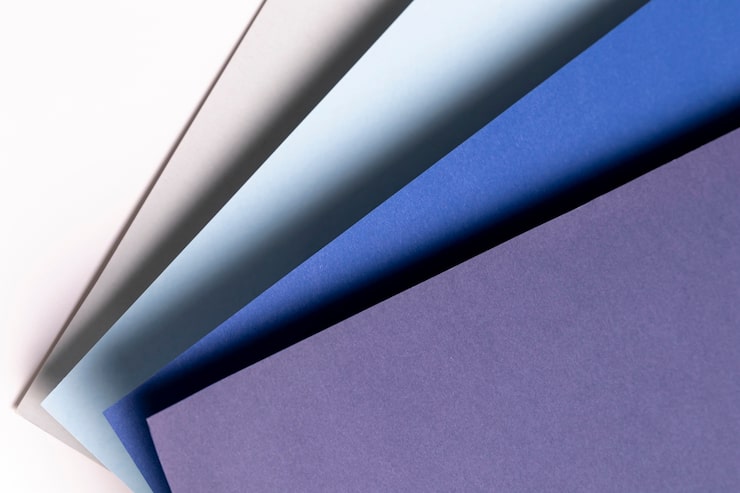Reverse Osmosis (RO) systems are widely used for water purification in homes, offices, and industrial facilities. Many people ask, can CPVC be used for RO water, and whether it is a suitable material for piping in these systems. CPVC, or Chlorinated Polyvinyl Chloride, is known for its temperature resistance, corrosion resistance, and ease of installation, but its performance with highly purified water requires careful consideration.
CPVC is generally compatible with municipal and treated water, but RO water presents unique challenges. RO water is highly purified, with most dissolved minerals removed. This “aggressive” water can interact differently with piping materials compared to standard tap water. While CPVC has good chemical resistance, prolonged exposure to highly demineralized water may affect its long-term durability, especially at elevated temperatures or under pressure.

The use of CPVC in RO systems depends on several factors. First, the temperature of the water is important. CPVC can typically handle temperatures up to around 200°F (93°C), which is well above most household RO system operating conditions. Therefore, from a temperature perspective, it is suitable. Second, pressure ratings must be considered. RO systems often operate under moderate pressure, and CPVC can safely handle these conditions if installed correctly. Third, the quality of joint connections is critical. RO water is prone to leak detection, and poorly joined CPVC pipes may develop leaks over time if not properly primed and cemented.
Another consideration is material interaction and taste. While CPVC does not typically impart taste or odor to water, some users prefer PEX or stainless steel piping in RO systems because these materials are inert and highly resistant to any potential leaching, even in highly purified water. PEX, in particular, offers flexibility, fewer joints, and easy installation, making it a popular choice in modern RO plumbing setups.
Despite these considerations, CPVC has been successfully used in many RO installations, especially in residential systems where proper installation standards are followed. It provides a cost-effective, thermally resistant, and durable solution. However, for long-term industrial or high-purity applications, engineers may recommend alternative materials to ensure maximum reliability and compliance with water quality standards.
In addition, maintenance and inspection play a key role in using CPVC for RO systems. Regular checks of joints, pressure, and temperature exposure help prevent failures and ensure safe operation. RO systems that operate continuously or at higher pressures may require periodic monitoring to prevent slow degradation, especially in older CPVC pipes.
Ultimately, whether CPVC is suitable for RO water depends on application requirements, installation quality, and long-term performance expectations. While it is compatible for many residential and light commercial systems, newer materials such as PEX, HDPE, or specialized food-grade plastics are increasingly preferred in advanced RO applications due to their chemical inertness, flexibility, and reduced maintenance needs.
From an industry perspective, the use of CPVC in RO systems highlights the balance between cost, durability, and material compatibility. As RO technology becomes more widespread and water quality standards increase, selecting the right piping material is critical for safety, longevity, and performance. Understanding the benefits and limitations of CPVC allows engineers and homeowners to make informed choices when designing or upgrading RO water systems.


